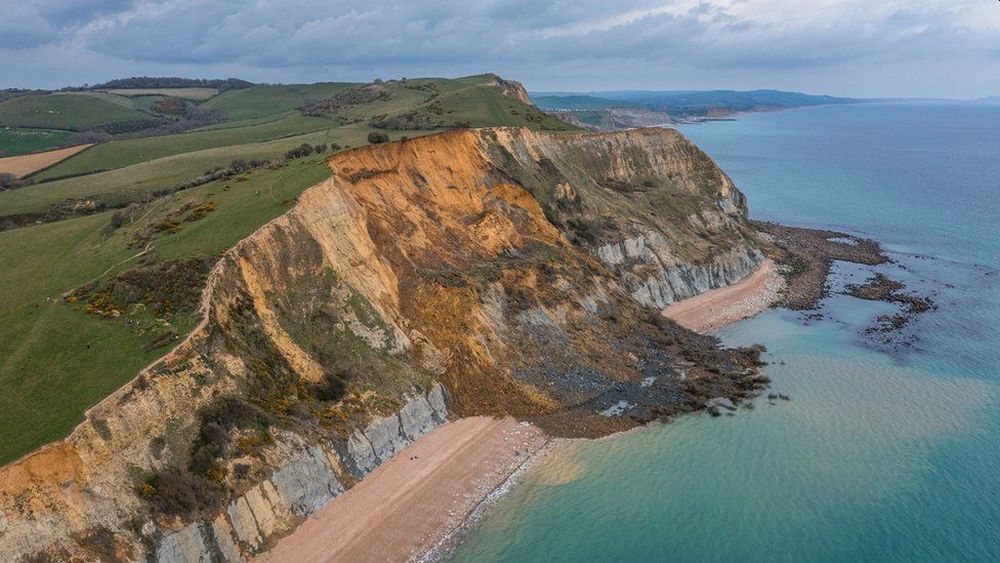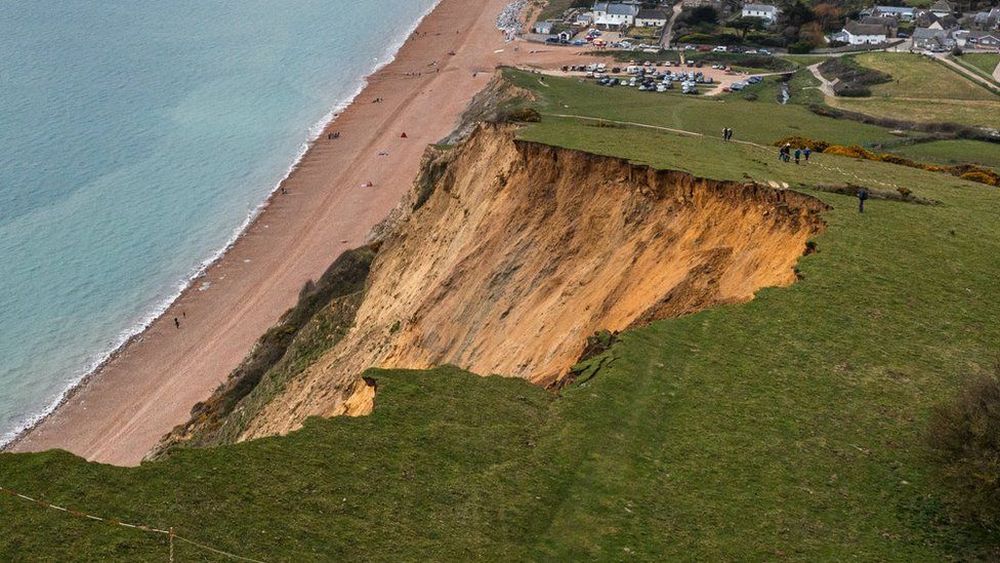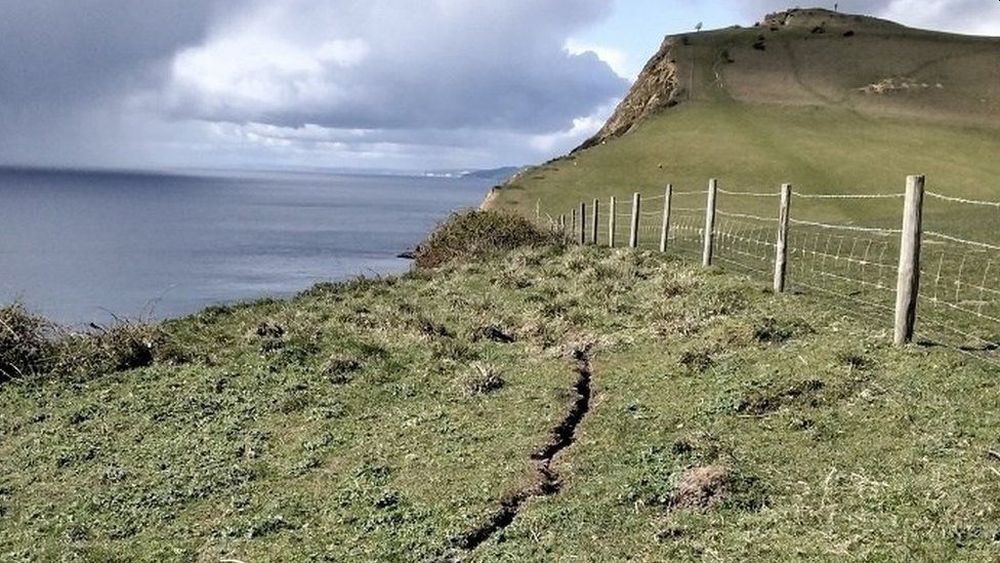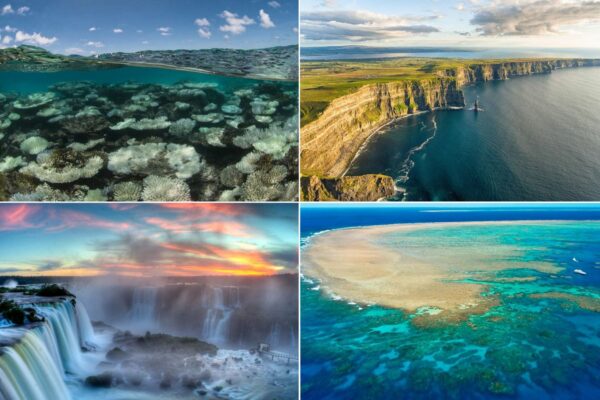Jurassic Coast Sea Cliff Collapses in UK’s Biggest Rockfalls in 6 Decades
The World Heritage Site of the Jurassic Coast on the English Channel coast of southern England has suffered a huge rockfall that covered the beach with gigantic boulders. Recently, a large section of Dorset’s Jurassic Coast cliff collapsed into the sea in one of the UK’s biggest rockfalls in the past six decades.

A large section of Dorset’s Jurassic Coast cliff collapses into the sea in one of the UK’s biggest rockfalls | Image: James Loveridge Photography
The rockfall, dubbed as the biggest since the 1960s, witnessed a part of the 130m-high cliffside into the sea, blocking a 300m stretch of the beach between Seatown and Eype Beach with huge boulders. Dorset council has advised the public to stay off the beach and aligning the region as more falls have been predicted.
There has been substantial rock fall between Seatown and Eype Beach. Further movement is expected with fresh cracks, affecting the fence line but not the Coast Path. For your safety keep clear of tops and bases of cliffs when out and about. pic.twitter.com/YLFKyXCAgh
— Dorset Council UK (@DorsetCouncilUK) April 13, 2021
The Jurassic Coast stretches from Exmouth in East Devon to Studland Bay in Dorset, a distance of about 95 miles. The site spans 185 million years of geological history, coastal erosion having exposed an almost continuous sequence of rock formations covering various paleontological periods. The coast became the staple of the paleontology career of Mary Anning, an English fossil collector, dealer, and paleontologist who discovered many fossilized remains preserved in the rocks here.

Part of the 130m-high cliffside caved into the sea, blocking a 300m stretch of the beach between Seatown and Eype Beach | Image: James Loveridge Photography
The weather and erosion have affected the area profoundly, making it susceptible to rockfalls. In the recent incident, about 300 meters of the cliff was altered when 4,000 tons came falling down in massive pieces onto the beach.
The council further added,
The Jurassic Coast is an amazing place to visit but it is an ever-changing landscape. Wind, waves and weather all act on the cliffs which can fall and slip without warning. So stay safe – keep away from the tops or bases of the cliffs and stay off slip material on the beach.

The coast has been put off-limits for the public, while the authorities are monitoring the area closely for any further falls | Image: Dorset Council
The path has been shut off for now, and the council and national Trust staff plan to use ropes to direct walkers away from the cliff edge, which is rather unstable at the moment. Many believe that the incident was caused by substantial cracks around the cliff, which have occurred as part of natural erosion. The coast has been put off-limits for the public, while the authorities are monitoring the area closely for any further falls.
Eype Beach witnessed another large rockfall in November 2020, when a section of the cliff on a coastal path collapsed. In February, another rockfall was reported as a huge part of the white cliffs of Dover fell to the sea. With changing climate and relentless soil erosion, experts believe that the region will see more such falls along the coastal areas in the country.

